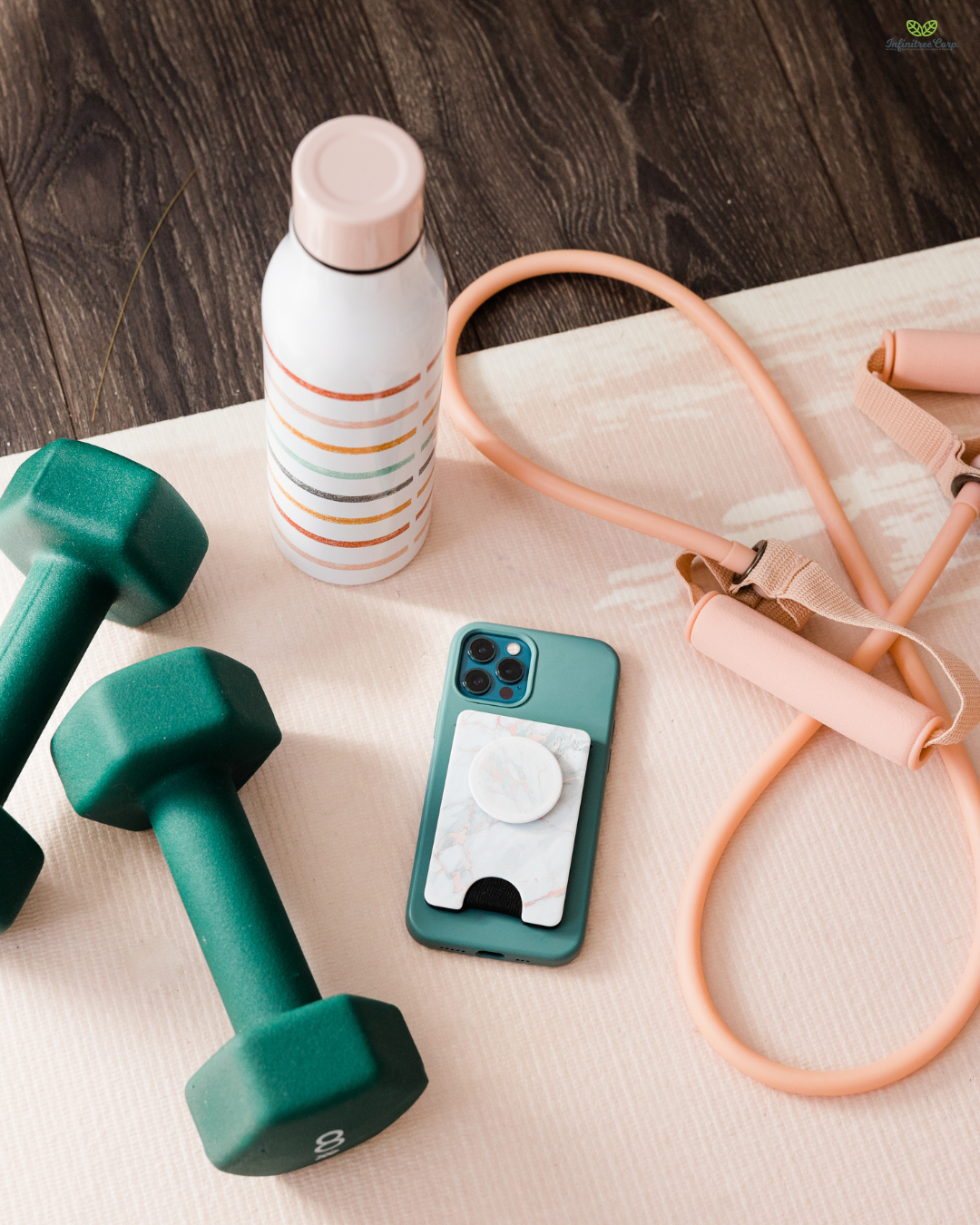
How to Build a Joint-Friendly Home Gym
InfinitreeEditor.Jo
How to Build a Joint-Friendly Home Gym
The Home Gym Dilemma
When Sarah decided to ditch her gym membership and work out at home, she thought it would be the perfect solution. But after a few weeks, her knees started aching during lunges, and her wrists felt sore after planks. What went wrong?
Like Sarah, many people build home gyms without considering how their equipment and routines might impact joint health. Whether you’re a fitness enthusiast or just starting your journey, creating a joint-friendly home gym is essential to staying active without pain.
This guide will walk you through the challenges of joint-friendly exercise, the importance of smart equipment choices, and practical steps to set up a safe and effective workout space.
Why Joint Health Matters in Home Workouts
The Problem with Generic Workouts
Many workout routines and equipment are designed for intensity, not joint care. Using the wrong tools or techniques can lead to:
- Increased joint stress: High-impact movements can strain cartilage and ligaments.
- Repetitive strain injuries: Repeating the same movements without proper support can overwork joints.
- Long-term damage: Ignoring joint discomfort can lead to chronic pain or conditions like arthritis.
How Your Joints Work During Exercise
Your joints act as shock absorbers, distributing weight and allowing smooth movement. To function optimally, they need:
- Proper alignment: Ensures weight is evenly distributed.
- Controlled impact: Reduces wear and tear on cartilage.
- Balanced support: Surrounding muscles and tendons help protect joints.
Without the right setup, even well-intentioned workouts can compromise these factors.

How to Build a Joint-Friendly Home Gym
1. Choose Low-Impact Equipment
The foundation of a joint-friendly gym lies in selecting equipment that minimizes impact and supports proper alignment.
Best Equipment for Joint Health:
- Elliptical Trainers: Low-impact cardio that’s gentle on the knees and hips.
- Rowing Machines: A full-body workout that avoids jarring movements.
- Resistance Bands: Provide adjustable tension without stressing joints like heavy weights.
- Adjustable Dumbbells: Allow controlled weight increases to prevent overloading joints.
- Yoga Mats with Cushioning: Protect wrists and knees during floor exercises.
What to Avoid:
- Hard Surfaces: Skipping mats or cushions can amplify joint stress.
- High-Impact Equipment: Treadmills without shock absorption can strain knees over time.
2. Optimize Your Space for Comfort
A well-designed workout space reduces unnecessary strain and promotes safe movement.
Key Setup Tips:
- Flooring: Use rubber mats or foam tiles to absorb shock and reduce impact.
- Lighting: Ensure your space is well-lit to maintain proper form and prevent accidents.
- Mirrors: Helps monitor posture and alignment during exercises.
- Ventilation: Proper airflow prevents fatigue, which can lead to sloppy form and joint strain.
3. Incorporate Joint-Supporting Accessories
Adding a few simple tools can make a big difference.
Recommended Accessories:
- Foam Rollers: Aid in muscle recovery and improve circulation to joints.
- Knee Pads: Essential for floor exercises that put pressure on the knees.
- Balance Boards: Enhance stability and strengthen joint-supporting muscles.
- Ankle Weights: Add resistance without stressing joints as much as traditional weights.

Joint-Friendly Exercise Tips
Even with the right equipment, how you exercise matters just as much.
1. Warm-Up Properly
Start every session with 5-10 minutes of light cardio or dynamic stretches to prepare your joints. Examples include:
- Arm circles.
- Leg swings.
- Gentle hip rotations.
2. Focus on Controlled Movements
Avoid fast or jerky motions. Instead, prioritize slow, controlled exercises that engage muscles evenly and reduce joint strain.
3. Mix Up Your Routine
Variety prevents overuse injuries and ensures all joints get balanced attention. Alternate between:
- Strength training.
- Cardio.
- Flexibility-focused activities like yoga or Pilates.
4. Cool Down and Stretch
End your workout with stretches that target joint mobility. Examples include:
- Quad stretches for the knees.
- Shoulder rolls for upper body joints.
- Hamstring stretches for hip and knee alignment.
Steps to Start Building Your Home Gym Today
-
Evaluate Your Space:
- Measure the available area and ensure it has proper ventilation and flooring.
-
Select Your Equipment:
- Start with a few essentials like resistance bands, an elliptical trainer, and a yoga mat.
-
Plan Your Layout:
- Arrange equipment to allow free movement and avoid clutter.
-
Set a Budget:
- Focus on quality over quantity. Start small and upgrade as needed.
-
Test and Adjust:
- Monitor how your joints feel after workouts. Adjust equipment or routines as needed.
Conclusion: A Home Gym That Cares for Your Joints
Building a joint-friendly home gym is an investment in your long-term health. By choosing low-impact equipment, optimizing your space, and adopting joint-conscious workout habits, you can create a space that keeps you active and pain-free.
Remember, joint health is about working smarter, not harder. Start small, listen to your body, and make adjustments as needed. Your joints will thank you for every step you take toward a healthier, happier you.
Disclaimer: This article is for informational purposes only and does not substitute professional medical advice. Always consult your healthcare provider for personalized guidance on joint health and exercise.















